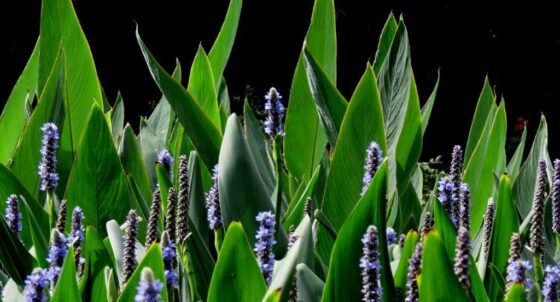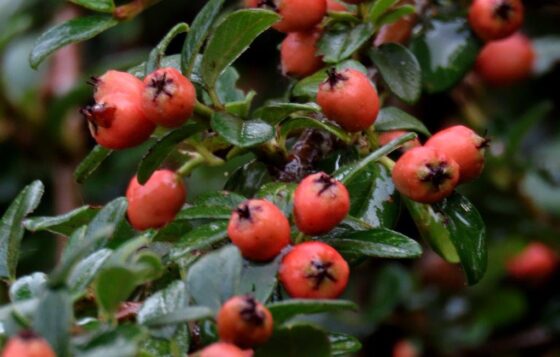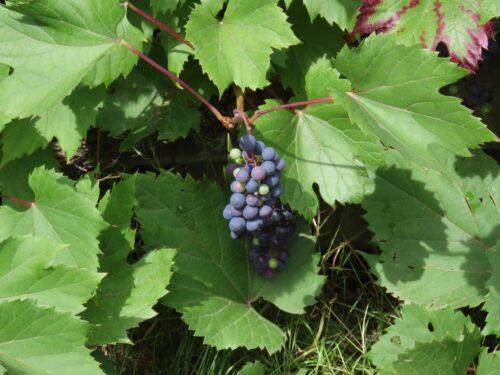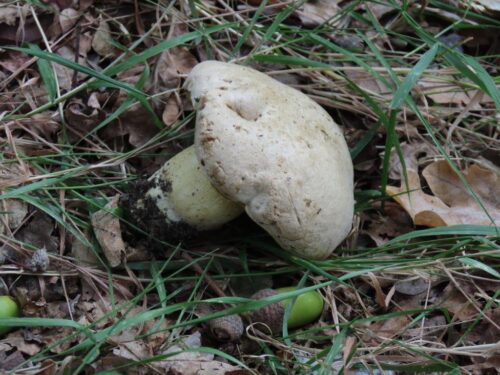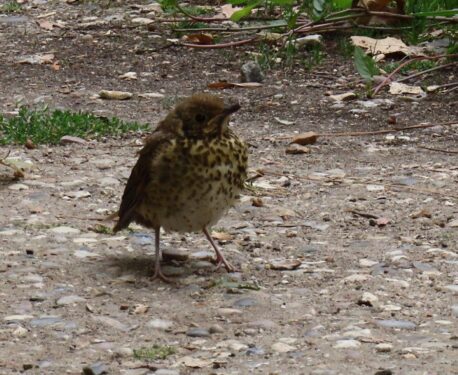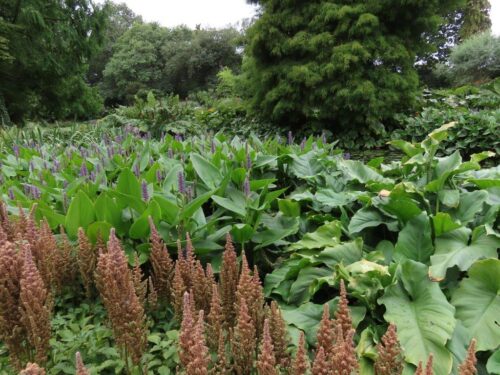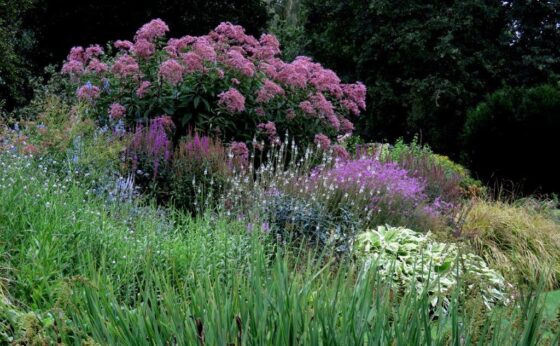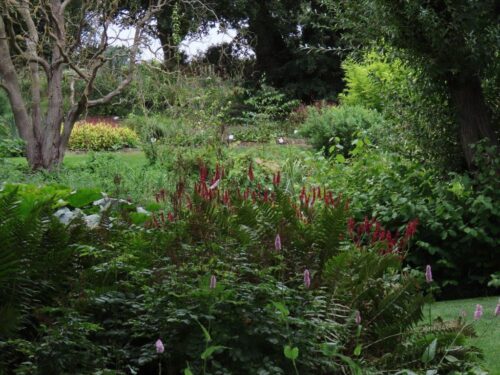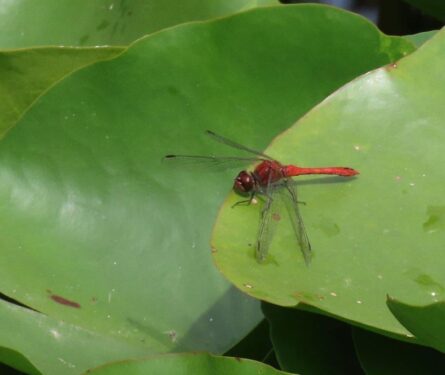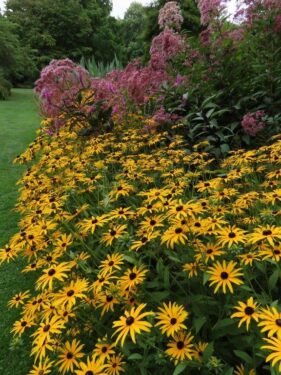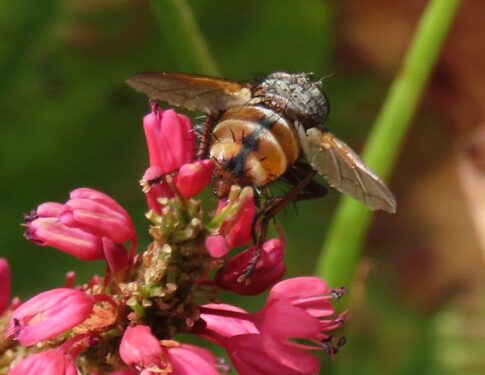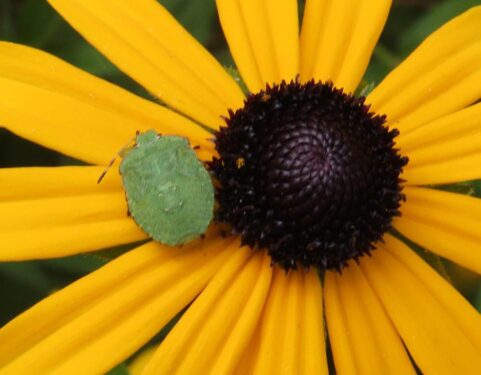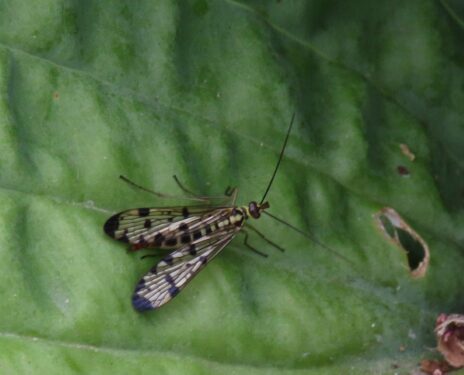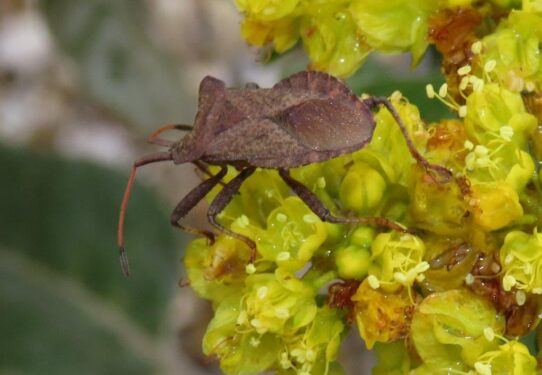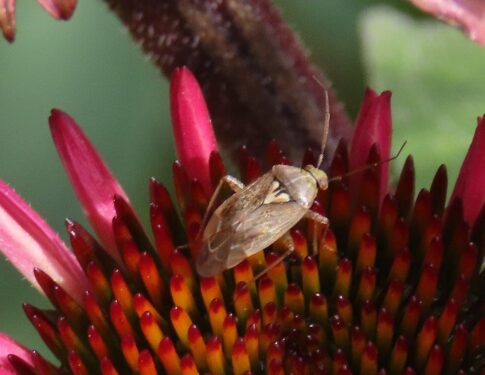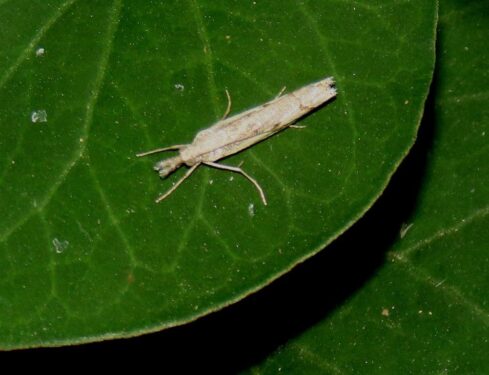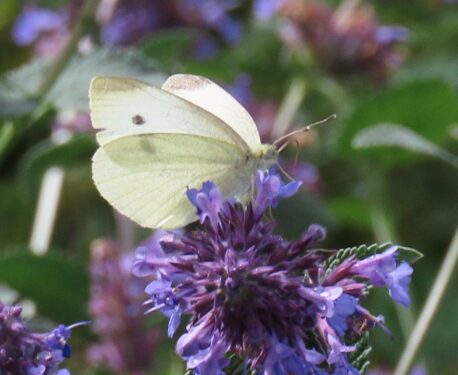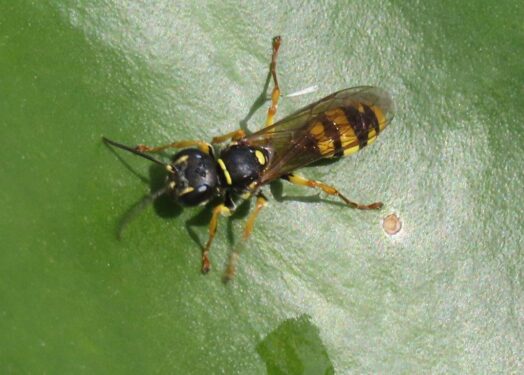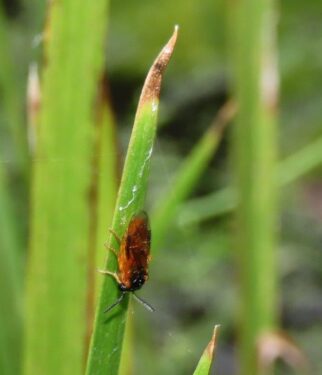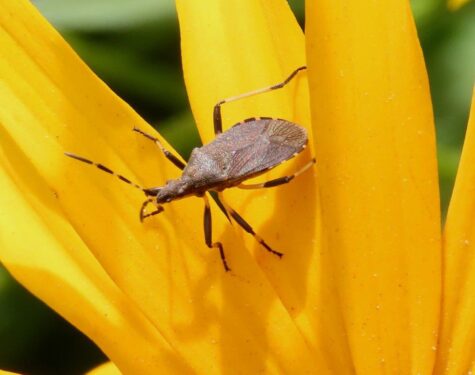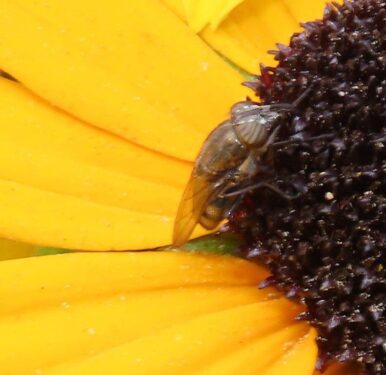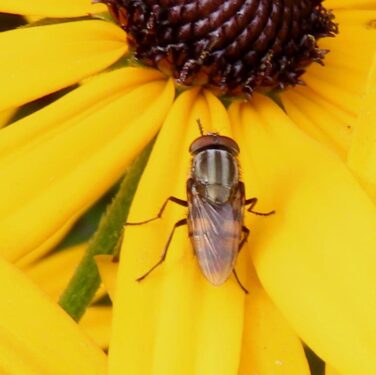It has been great to get back into the gardens after a month’s absence. And it has been ‘all change’: the rains of late July provided merely a brief respite, and drought has reasserted itself, with the effect of producing an exceptionally early autumn.
Many flowers are fading, leaves are colouring, fruits are forming and even a few fungi are sprouting, including Boletus radicans. Fledgling birds like this Song Thrush are all around the garden, and there has been a steady stream of Swallows heading southwards overhead.
Of course by the ponds and in the damper corners, drought is less of an issue and here late summer is at its most luxuriant, with still plenty of aquatic insect activity, especially Ruddy Darters and Willow Emeralds.
Pride of place flower-wise must go to Bistorta amplexicaulis and Rudbeckia, side-by-side and buzzing with life, the former especially with social wasps and tachinid parasite-flies such as Tachina fera, the latter with all manner of flies and bugs like Green Shieldbug.
Plenty to see around the rest of the garden as well, including German Scorpionfly, Dock Bug, Tarnished Plant-bug and the autumnal micromoth Agriphila geniculea, with butterflies such as Small and Green-veined Whites and Commas still active when the sun emerged.
And as always, a few less common species. The Field Digger-wasp Mellinus arvensis is only thinly scattered across most of Essex, although with concentrations along the Thames bank and the gravels around Colchester. I have seen it in the gardens only a couple of times previously.
The sawfly Selandrina serva has, according to the maps, only a very few Essex localities, but this is surely down to under-recording and under-reporting of what is not a popular group among non-specialists. What is more certain is that the Spurge Bug Dicranocephalus medius is genuinely scarce in the county, with the map showing just two localities. One of those is my previous sighting in the garden in April 2024, no more than ten metres from today’s on the Rudbeckia.
And staying with the Rudbeckia, best of all was an extraordinary number of Locust Blowflies Stomorhina lunata, maybe ten in total in one small area. We found one of those in the garden back in October 2016. At the time there had been only two previous records from Essex of this distinctive fly that lives as a parasite of desert locusts. It is still believed to be entirely migratory to this country, probably from Africa, but it has certainly increased over the past decade, and there have been reports from elsewhere of much larger numbers than ever before. Look out for a blowfly with stripes like a hoverfly, a longitudially striped thorax, a protruding beak, and stripy eyes, especially in the less well marked female. Wonderful to see so many!
